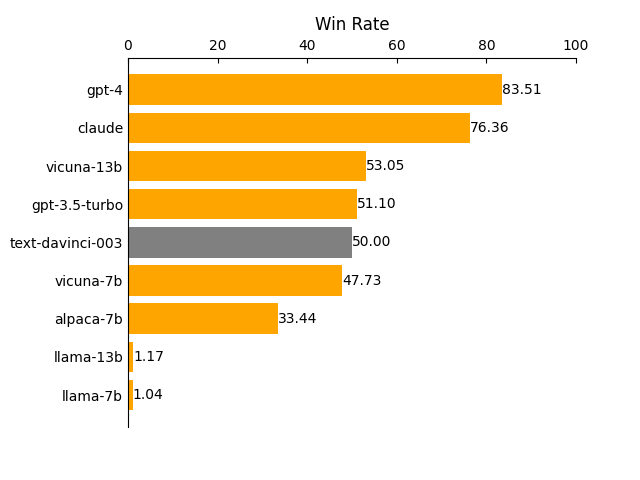Interaction:
Kyung (unsure Female 32 nurse): Maybe it's just a misunderstanding. Don't worry too much about it.
Min (displeased Male 24 student): I couldn't even hear what Ji-ho was whispering about earlier.
Hana (surprised Female 45 housewife): I must've missed that too.
Ji-ho (whispering to Hae-won Male 40 manager): You've noticed the tension too, right?
Hae-won (whispers back Female 35 teacher): Yes, Ji-ho. But I think it's best if we don't get involved.
Dae (jovial Male 55 gardener): Oh, come on, everyone! We're here to enjoy our time together.
Jin (quietly concerned Female 60 retired): I hope nothing worse happens out of this situation.
Eun (unaware of what's happening Male 22 barista): Enjoy your coffee and pastries!
Soo-min (troubled but smiling Female 52 artist): Let's try to put this behind us and think positively.


